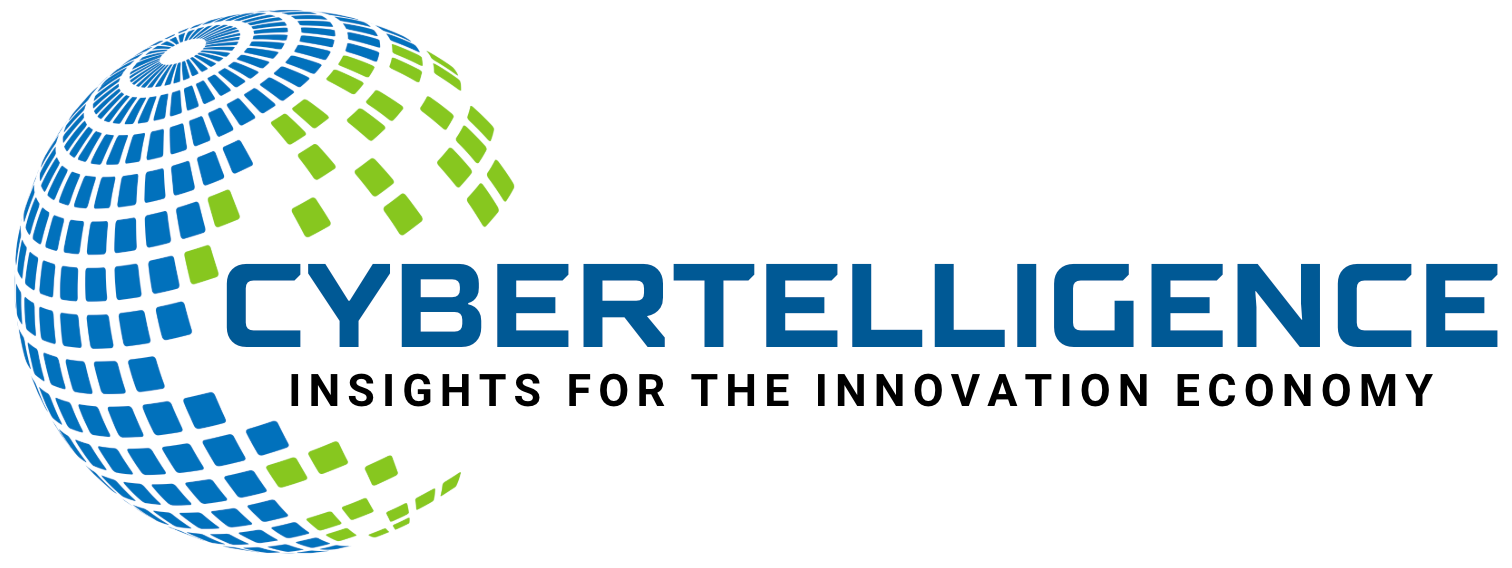Why AI Isn’t Your Company’s Advantage Anymore — It’s Just the Internet
AI Trends show a continual rapid evolution and the way companies view and leverage this technology must also change. In this article, we…

AI Trends show a continual rapid evolution and the way companies view and leverage this technology must also change. In this article, we dive deep into a compelling perspective shared by Everyday AI’s Jordan Wilson, who boldly states that in 2025, AI is no longer a competitive advantage — it’s simply the new baseline, much like the internet became decades ago. Understanding this shift is crucial for businesses wanting to thrive, not just survive, in today’s AI-driven market.
Table of Contents
- From AI as Innovation to AI as Infrastructure
- Why Customers Are Already Using AI Without Knowing It
- The Impact of AI on Workforce and Competition
- Three Critical Steps to Move Beyond Basic AI Adoption
- Rethinking Business Processes for True AI Advantage
- Addressing Common Questions About AI Trends
- Conclusion: AI Is the New Electricity
From AI as Innovation to AI as Infrastructure
Many companies still treat AI like it’s a shiny new tool that will automatically set them apart. However, if your company fully implemented generative AI back in 2023, you’d already be capitalizing on its advantages. Now, two and a half years after ChatGPT’s breakthrough, merely “using AI” is outdated thinking.
Jordan points out that AI is no longer a differentiator; it’s the internet — a fundamental utility. Just as no one brags about having internet access today, no company should boast about being “AI-powered.” It’s an expectation, a baseline for doing business in 2025 and beyond.
The AI vs. Internet Test
To test whether your company’s AI strategy is meaningful or superficial, swap the word “AI” with “internet” in your marketing and strategy statements. For example, “We are an AI-powered company” becomes “We are an internet-powered company.” If that sounds ridiculous, your AI strategy probably is too.
This test reveals how many companies are simply slapping “AI-powered” on their websites or proposals without any true innovation or transformation. Jordan likens this to using Flex Seal on a leaky boat — patching up symptoms without addressing root problems.
Why Customers Are Already Using AI Without Knowing It
One fascinating reality is that many customers and employees are already using AI unknowingly. Google’s AI mode, for instance, answers over two billion searches monthly, with nearly half of search queries showing AI-generated results automatically. People don’t even realize they’re interacting with AI because it’s seamlessly integrated into the tools they use daily.
Similarly, Microsoft’s Copilot, Google AI Studio, and ChatGPT’s free versions are widely accessible, making AI ubiquitous across industries. In fact, about 90% of Fortune 500 companies are running on generative AI tools today.
As AI becomes integral to everyday tools, customers expect companies to be AI native — just like they expect companies to have a website or phone number. Not adopting AI across all aspects of your business by the end of the year will be a red flag to consumers and clients.
The Impact of AI on Workforce and Competition
Big tech companies that adopted AI early have already experienced massive layoffs, reflecting the reality that AI changes how work is done. Microsoft, for example, laid off tens of thousands of employees but simultaneously invested billions in programs like Microsoft Elevate to train people in AI skills.
However, this shift opens the door for smaller, agile companies formed by groups of laid-off employees who understand AI deeply. These leaner teams will start competing with and potentially overtaking their former employers by fully embracing AI-native strategies.
Late Adopters Are Missing the Profit Window
Studies show that companies who moved early with generative AI have seen $3.70 in return for every $1 invested. Conversely, 74% of late adopters either don’t make money or cannot measure positive ROI on AI. This underscores the urgency of integrating AI not as a pilot project but as foundational infrastructure.
Three Critical Steps to Move Beyond Basic AI Adoption
To truly leverage AI and avoid being outpaced, companies must go beyond superficial AI use. Here are three essential actions every organization should prioritize:
- Train Every Employee on Large Language Models and Generative AI Basics
AI literacy is no longer optional. Every employee with a computer should understand how to use AI tools effectively. This includes ongoing training to keep pace with the rapidly evolving AI landscape. - Develop Internal Use Cases and Benchmarks
Generic AI solutions won’t cut it. Companies need to identify specific use cases relevant to their business and continuously benchmark and iterate on these applications. AI adoption is an ongoing process, not a one-time implementation. - Create a First-Party Data Collection Team to Feed AI Unique Reasoning and Knowledge
Relying solely on external data and retrieval augmented generation (RAG) is insufficient. Organizations must collect and curate their institutional knowledge, expertise, and reasoning to train AI agents that can make informed decisions tailored to the company’s needs.
Rethinking Business Processes for True AI Advantage
AI strategy is not about sprinkling generative AI on existing workflows. It demands reengineering and unlearning old processes to become AI-first or AI-native. Simply combining steps or adding AI tools without deep transformation will not sustain competitiveness.
As Jordan emphasizes, companies need to blow up outdated Standard Operating Procedures (SOPs) and rethink how they work from the ground up. This is the level of change necessary to harness AI as a true advantage rather than just a buzzword.
Addressing Common Questions About AI Trends
Who Will Win the AI Race: US, China, or India?
Currently, the race is predominantly between US-based leaders like OpenAI, Google, Microsoft (with its stake in OpenAI), and Anthropic. Due to safety and regulatory concerns, Chinese AI models are not recommended for US enterprises. It’s essentially a two-horse race between Google and OpenAI, with Microsoft playing a pivotal role.
Will a New Player Disrupt Major Large Language Models?
In the near term, it’s unlikely. The dominance of the major players — OpenAI, Google, Microsoft, and Anthropic — appears stable, though the landscape can always shift rapidly in this fast-moving field.
How to Explain AI to the Average Person Concerned About Job Loss?
The best way to explain AI is to focus on real pain points. Identify tedious, time-consuming tasks that employees dislike and demonstrate how AI can automate 80% of the work in 20% of the time. Showing tangible benefits through relatable examples helps convert skeptics into adopters.
Conclusion: AI Is the New Electricity
Using AI is no longer a strategy — it’s a baseline requirement. Just like electricity powers every facet of a company without praise, AI must be embedded deeply into business operations without fanfare. The conversation must shift from boasting about AI adoption to building innovative, AI-powered processes that create real value.
If your company is still treating AI as a novelty or a buzzword, you’re at risk of being outpaced by more agile competitors who understand that AI is just the internet of today. Embrace this reality, train your teams, rethink your workflows, and invest in capturing unique knowledge. This is how you stay ahead in the evolving AI landscape.
Remember: AI is the internet, and just using it won’t give you an edge — it’s what you do with it that counts.
This article is based on comprehensive research derived in part from the referenced video EP 577: AI Isn’t Your Company’s Advantage. AI Is Just the Internet.




